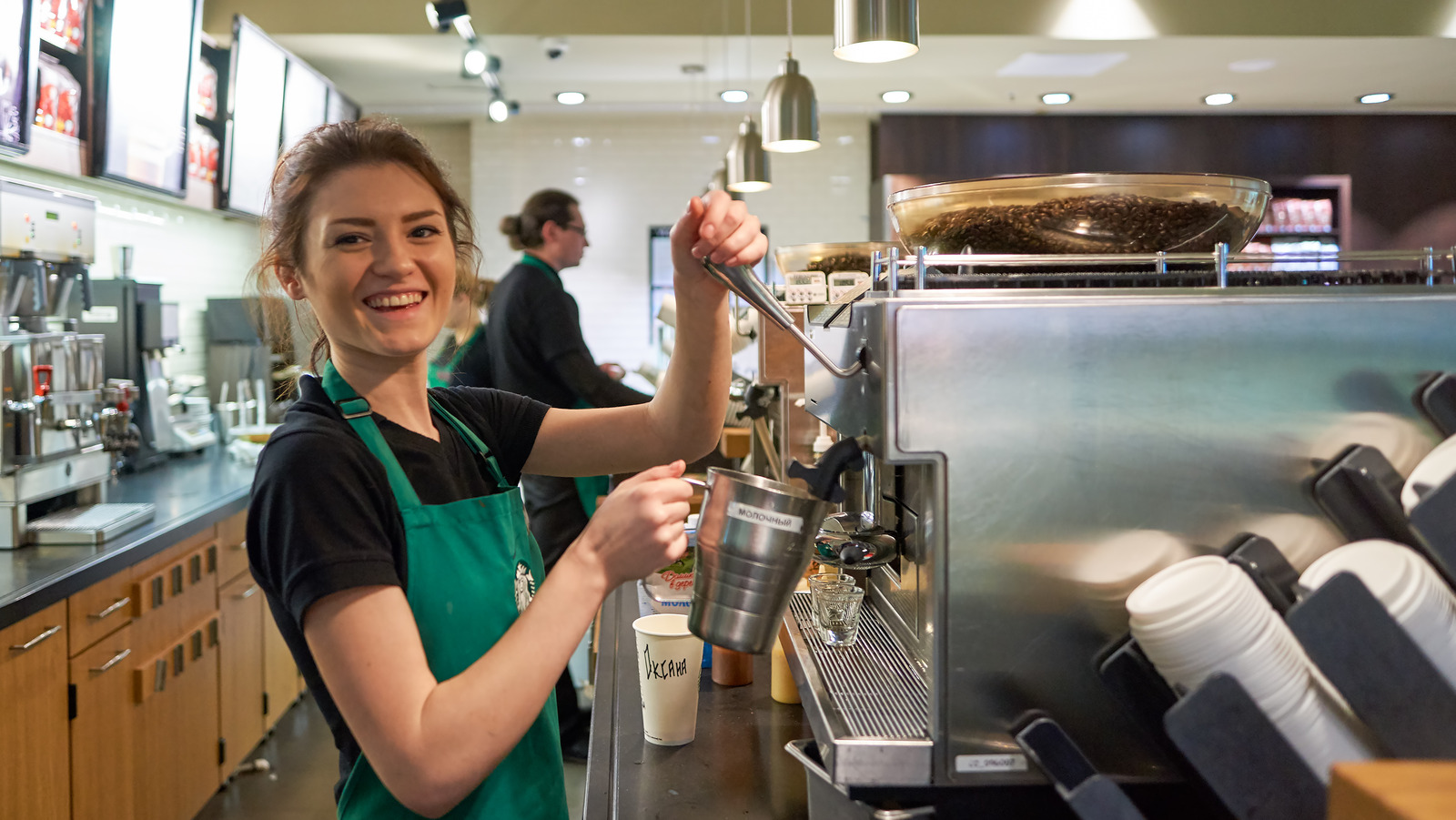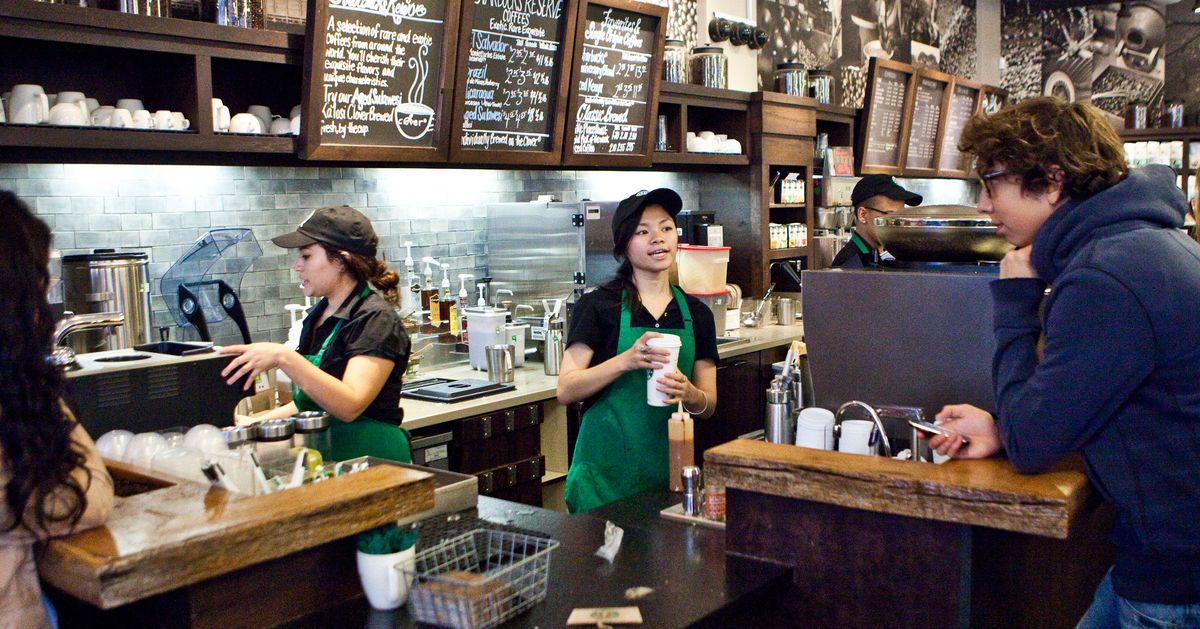Starbucks is preparing to introduce a generative artificial intelligence assistant, developed in collaboration with Microsoft through Azure’s OpenAI platform, to 35 store locations this month. The rollout is part of the company’s broader strategy to simplify baristas’ tasks and accelerate service times within its cafes.
The technology was unveiled to more than 14,000 store managers across North America during Starbucks’ Leadership Experience event in Las Vegas on Tuesday. A larger deployment of the AI platform, known as “Green Dot Assist,” is scheduled for the company’s fiscal 2026, beginning in the fall.
The three-day event takes place amid Starbucks’ efforts to reignite lagging U.S. sales and, as CEO Brian Niccol has described it, “get back to Starbucks.”
Since taking over the role last year, Niccol has prioritized cutting service times down to four minutes per order. Providing quick and accurate answers to baristas’ questions is seen as one way to help meet that objective.
“It’s just another example of how innovation technology is coming into service of our partners and making sure that we’re doing all we can to simplify the operations, make their jobs just a little bit easier, maybe a little bit more fun, so that they can do what they do best,” Starbucks Chief Technology Officer Deb Hall Lefevre told CNBC.
Instead of relying on manuals or navigating Starbucks’ intranet, baristas will be able to use a tablet behind the counter to access Green Dot Assist.
They’ll be able to ask questions—whether typed or spoken in natural, conversational language—on topics ranging from how to prepare an iced shaken espresso to diagnosing equipment malfunctions.
Looking forward, Starbucks has additional plans for the assistant as it continues to evolve. According to Lefevre, the company envisions future capabilities such as automatically generating IT tickets for equipment problems or suggesting replacements when a barista is absent.

The introduction of Green Dot Assist also signals a deepening of Starbucks’ relationship with Microsoft, coming roughly a year after Microsoft CEO Satya Nadella stepped down from Starbucks’ board of directors.
Since OpenAI launched ChatGPT in late 2022, companies across industries have sought ways to incorporate generative AI into their operations, often with the goal of cutting costs or enhancing stock performance. Giants like Walmart and JPMorgan Chase have already deployed AI assistants to support their employees.
However, generative AI tools like chatbots can come with limitations. They are known to produce incorrect information, a flaw often referred to as “hallucinations,” which can create new problems instead of resolving existing ones. Lefevre noted that Starbucks’ partnership with Microsoft includes a grounding engine to help ensure the accuracy of the responses the assistant provides.
Other players in the restaurant industry are also tapping into AI to improve efficiency and ease employee workloads. Yum Brands, for instance, has teamed up with Nvidia to implement AI-powered order-taking systems, computer vision tools, and performance analytics.
Yet, not all AI initiatives have met expectations. McDonald’s recently ended its collaboration with IBM after AI-based drive-thru ordering failed to deliver the desired results.
Additional innovations showcased at the Leadership Experience included the newest version of Starbucks’ Mastrena espresso machines and an upgraded, more user-friendly point-of-sale (POS) system.
Lefevre shared that experienced baristas have been able to learn the new POS interface in as little as an hour. The updated system can also offer personalized suggestions and recall customers’ frequent orders, aligning with Starbucks’ goal of bringing a more personal touch back into its stores.

